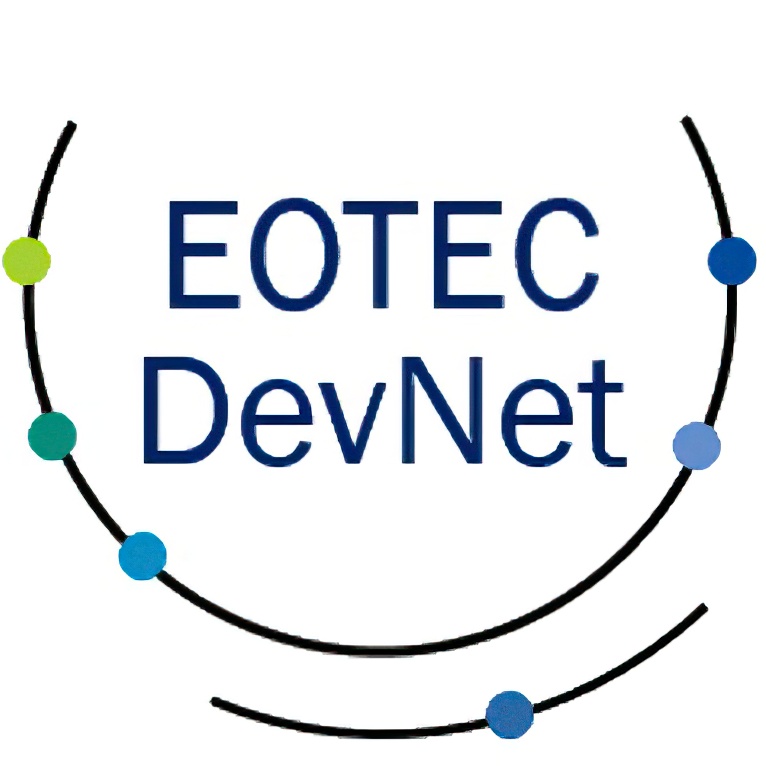This two-part, advanced webinar series is a follow-on to the training on coastal and estuarine water quality held in September 2021. It is a hands-on training with demos provided by instructors, followed by an hour of lab time for participants to use Level-1 MODIS and VIIRS data provided by the Ocean Biology DAAC (OB.DAAC) and SeaDAS and OCSSW software for deriving water quality parameters. These will include chlorophyll-a concentration, sea surface temperature, and suspended particulate matter from optical satellite imagery and in situ measurements using the SeaWiFS Bio-optical Archive and Storage System (SeaBASS), a public repository of in situ oceanographic and atmospheric data, and SeaDAS, a comprehensive software package for the processing, display, analysis, and quality control of remote sensing data. This training will provide participants with the skills to combine in situ measurements and optical remote sensing data to assess water quality for their area of interest.
Relevant UN Sustainable Development Goal:
Goal 14: Conserve and sustainably use the oceans, seas and marine resources for sustainable development
Target 14.2: By 2020, sustainably manage and protect marine and coastal ecosystems to avoid significant adverse impacts, including by strengthening their resilience, and take action for their restoration in order to achieve healthy and productive oceans
Goal 6: Ensure availability and sustainable management of water and sanitation for all
